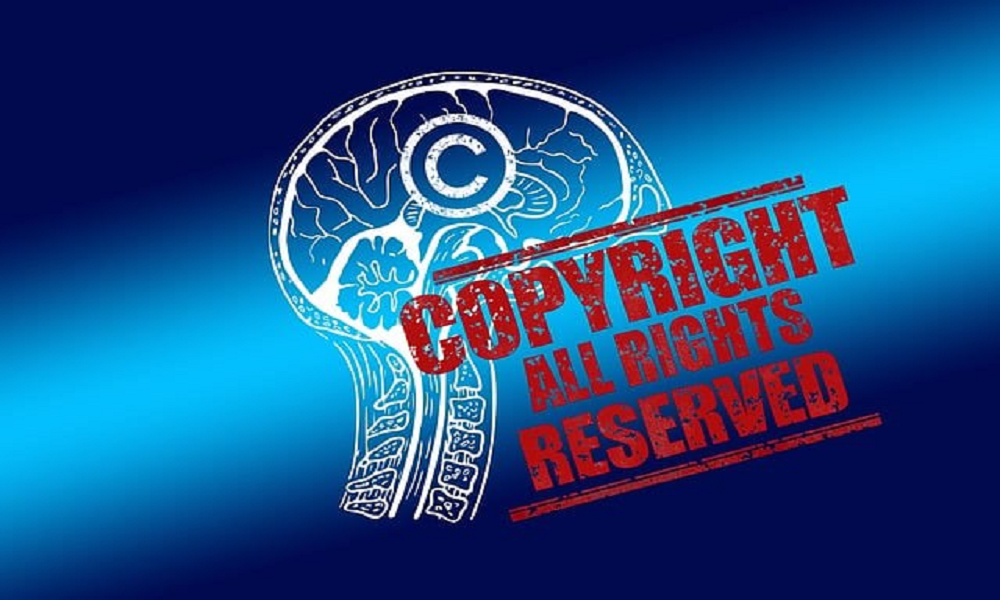Have you ever pondered the intricate world of journal article copyright and permissions? In an era where the exchange of information is as easy as a click, understanding the complexities of intellectual property rights (IPR) in journals is crucial. In this exploration, we will delve into the fascinating realm of IPRJB Journals, shedding light on how they navigate the terrain of copyright and permissions. What roles do these journals play in safeguarding authors’ rights while promoting knowledge dissemination?
Journal articles are valuable sources of information for researchers, students, and the general public. However, they are also subject to copyright and permissions issues that may affect their accessibility and use. How can authors, publishers, and readers ensure that journal articles are protected and shared in a fair and ethical way? One of the trends in the academic publishing industry is the rise of open access journals, which allow authors to make their articles freely available online without paying any fees to the publishers. According to a study by (Piwowar ,2018), the percentage of open access articles increased from 19% in 2014 to 28% in 2016, and is projected to reach 44% by 2025. This trend reflects the growing demand for open access among researchers, funders, and institutions, who want to increase the visibility and impact of their work.

However, open access is not without its challenges and controversies. Some publishers charge high fees to authors who want to publish their articles in open access journals, which may create financial barriers for some researchers. Some open access journals have low quality standards or lack proper peer review processes, which may compromise the credibility and validity of their articles. Some authors may be unaware of the terms and conditions of the licenses they sign when they submit their articles to open access journals, which may limit their rights to reuse or distribute their work.
One of the main benefits of open access is that it increases the visibility and impact of research, as anyone can read and cite it without barriers. It also fosters collaboration and innovation, as researchers can build on each other’s work more easily. Moreover, open access can promote social justice and public engagement, as it allows non-academic audiences to access and benefit from scientific knowledge. However, open access also has some drawbacks, such as the potential loss of revenue for publishers and authors, the risk of predatory or low-quality journals, and the lack of standardization and interoperability among different platforms and formats.

Another option is to publish under a traditional subscription model, where readers or institutions pay a fee to access the articles. This model can ensure a stable income for publishers and authors, and support the quality and peer-review process of journals. It can also protect the intellectual property rights of authors, and prevent unauthorized use or distribution of their work. However, subscription-based journals can limit the reach and impact of research, as they create barriers for access and dissemination. They can also create inequalities among researchers and institutions, depending on their financial resources and bargaining power.
As you can see, there is no simple or universal answer to the question of which copyright and permissions policy is best for academic publishing. Each option has its advantages and disadvantages, depending on the goals and preferences of authors, readers, publishers, and funders. Therefore, it is important to be aware of the different options available, and to choose wisely based on your own needs and values. IPRJB journals offer a range of policies to suit different types of publications and disciplines, and we encourage you to consult our website for more information.
In conclusion, the world of journal article copyright and permissions is a dynamic one, with IPRJB Journals playing a pivotal role. These journals have the power to shape the accessibility and impact of scholarly work. As the academic community grapples with these challenges, it is essential for journals to continue evolving their policies to best serve the interests of both authors and readers. How these journals manage copyright and permissions will significantly influence the future of scholarly publishing, impacting researchers, institutions, and the global pursuit of knowledge.

